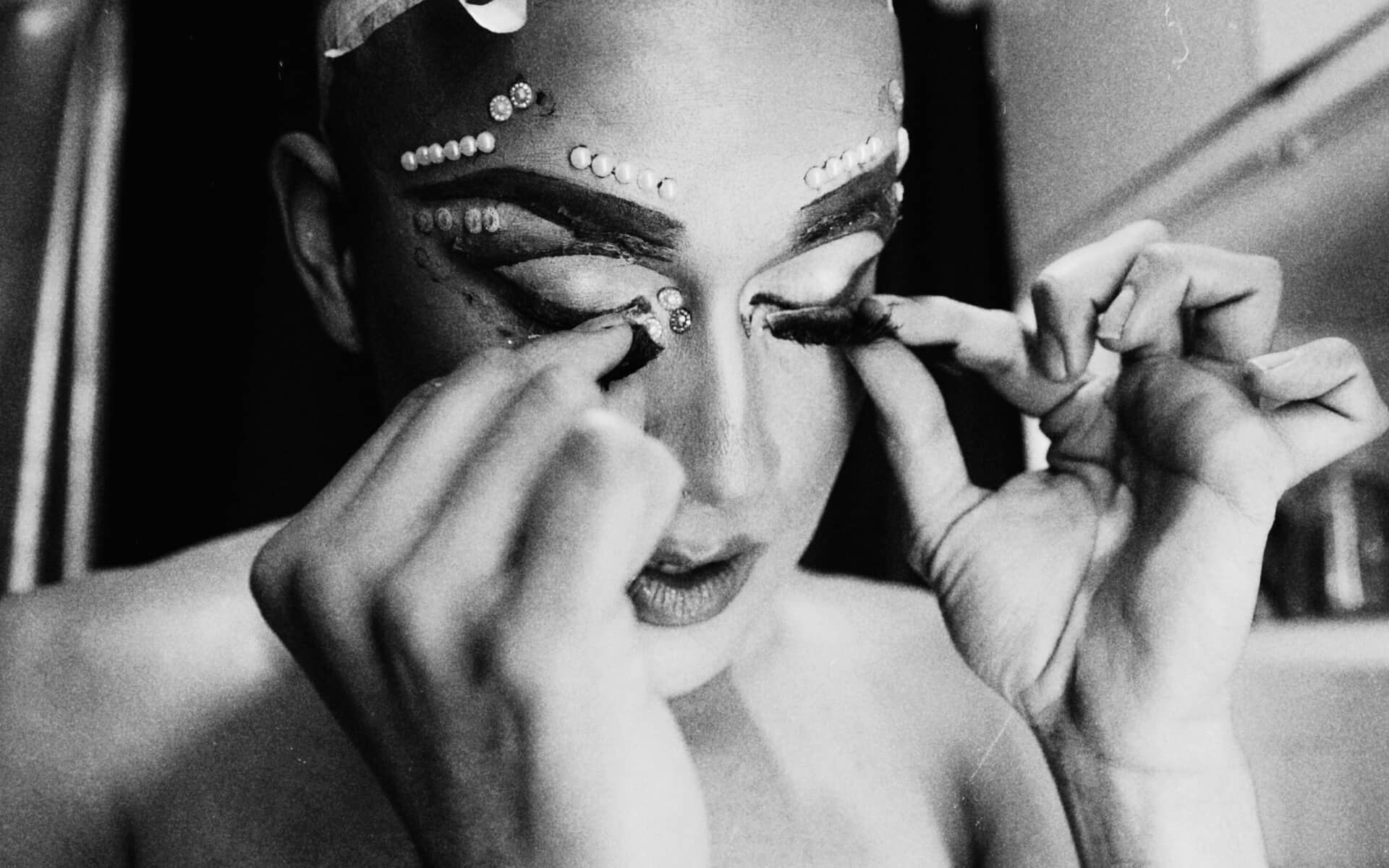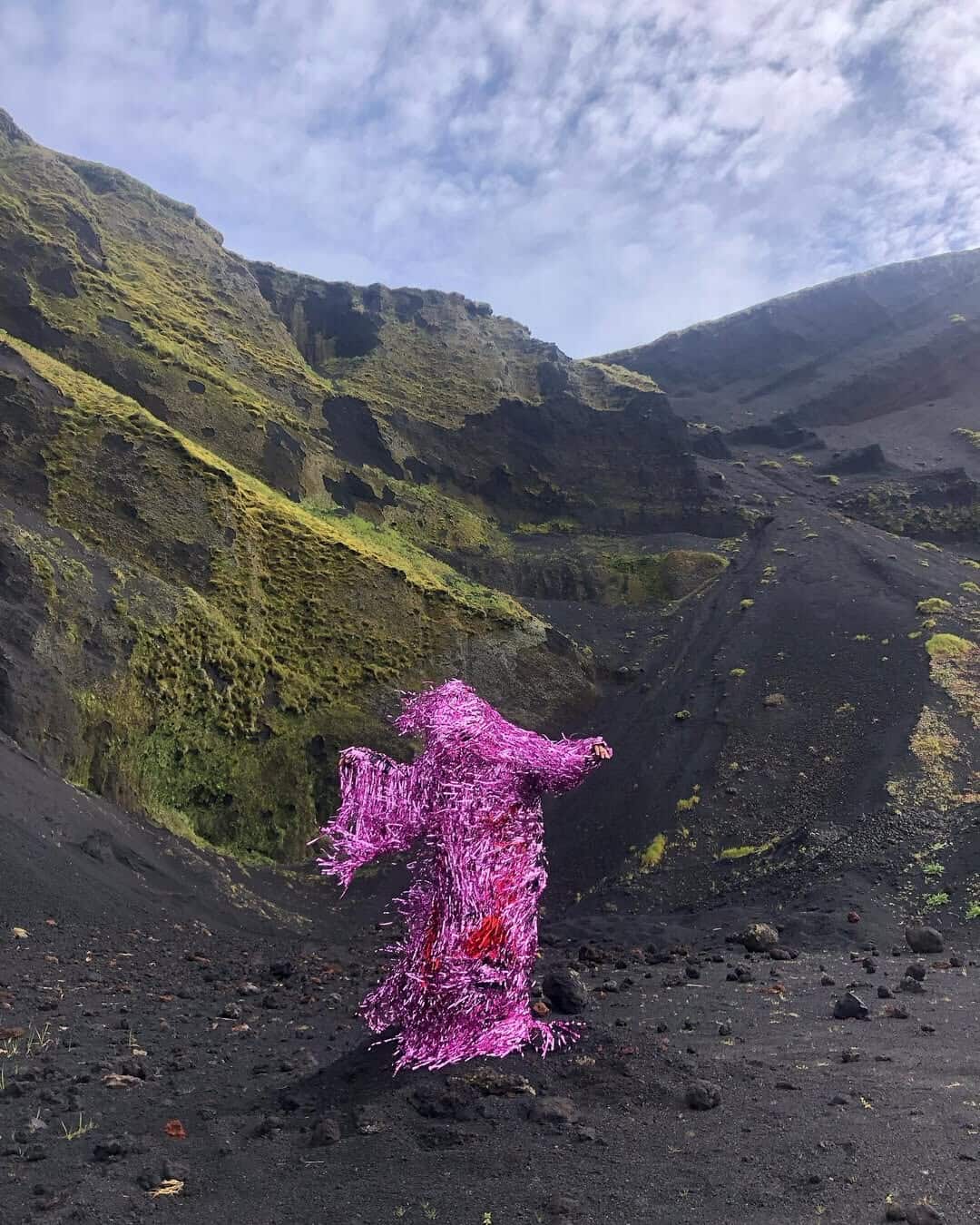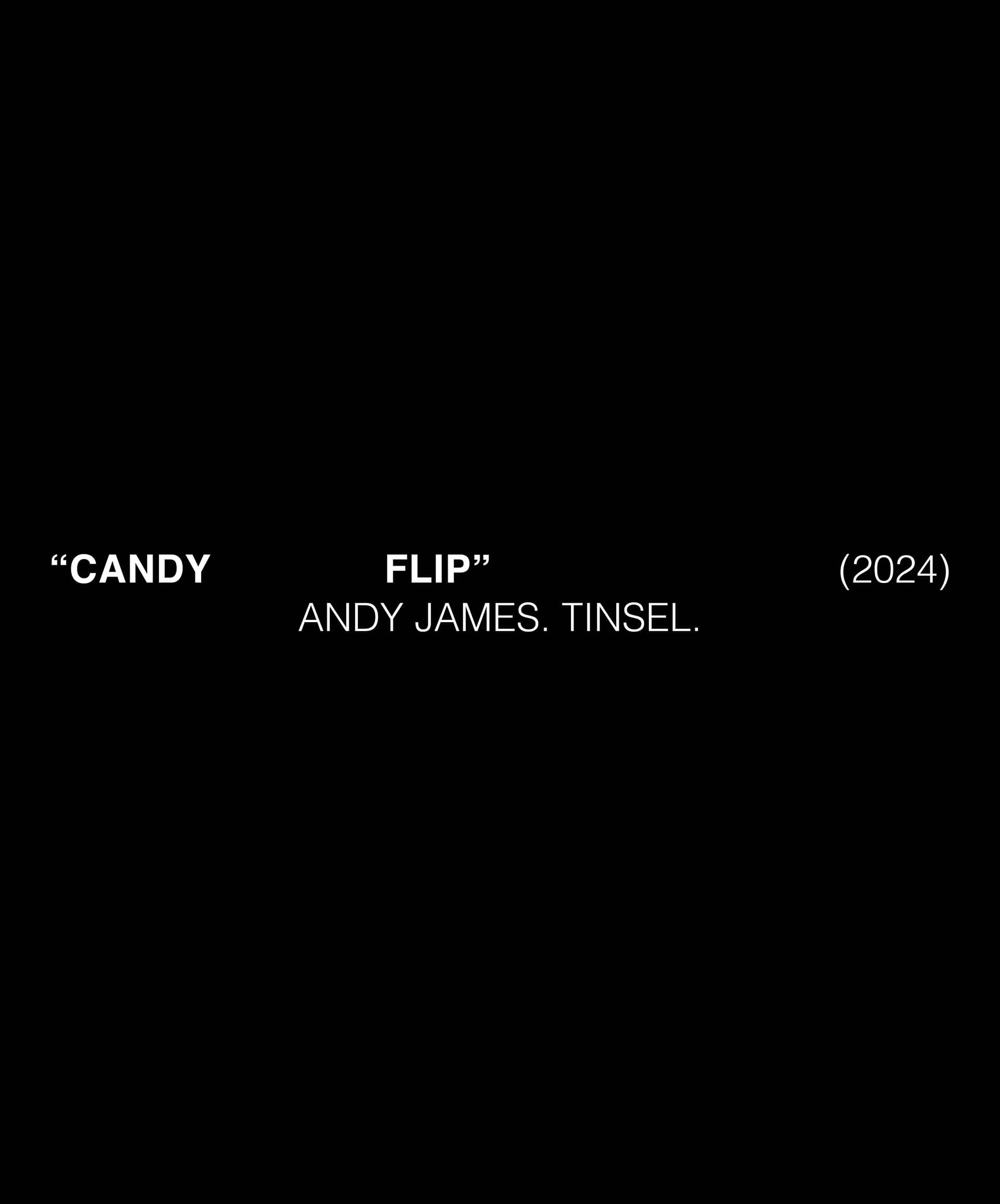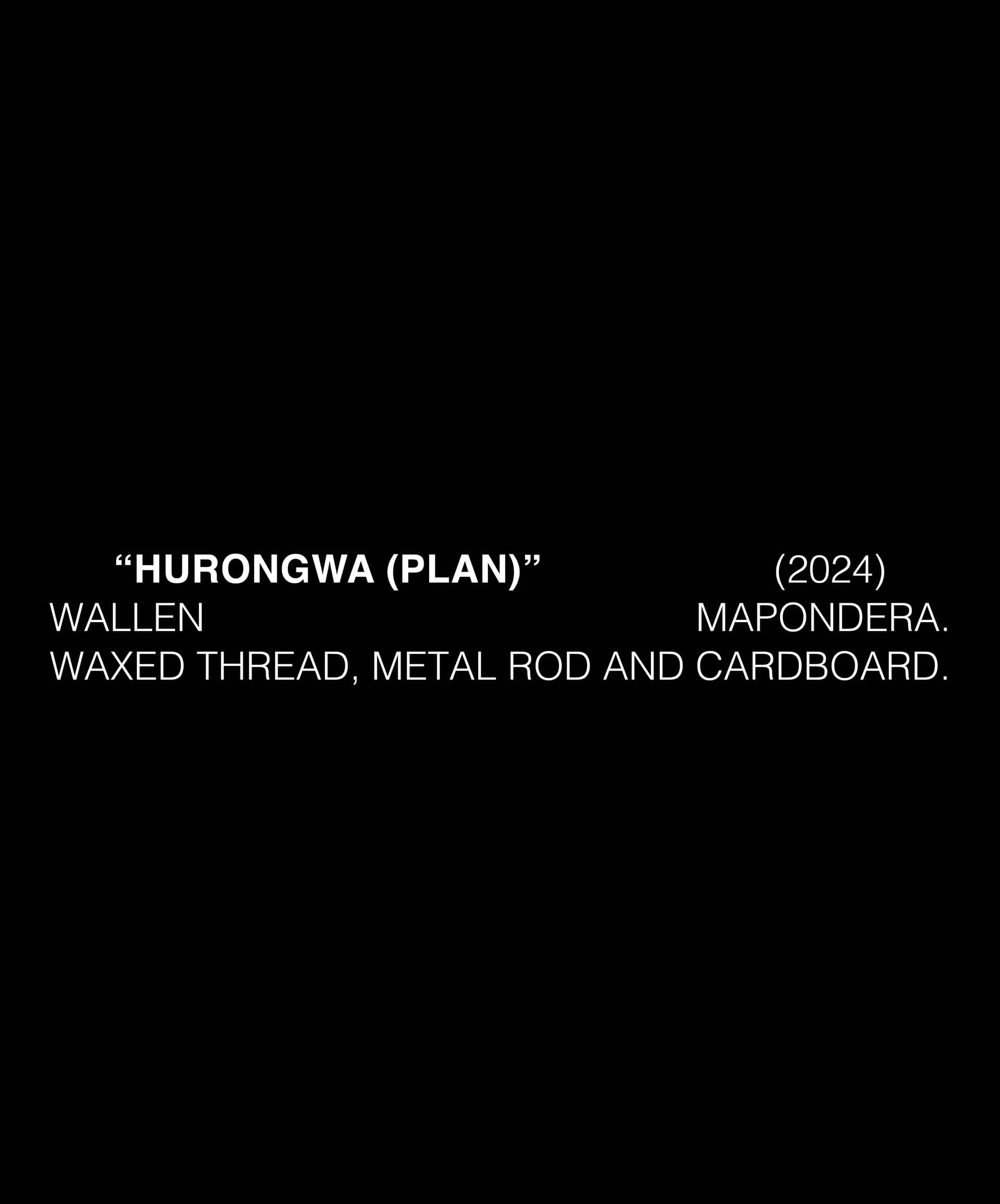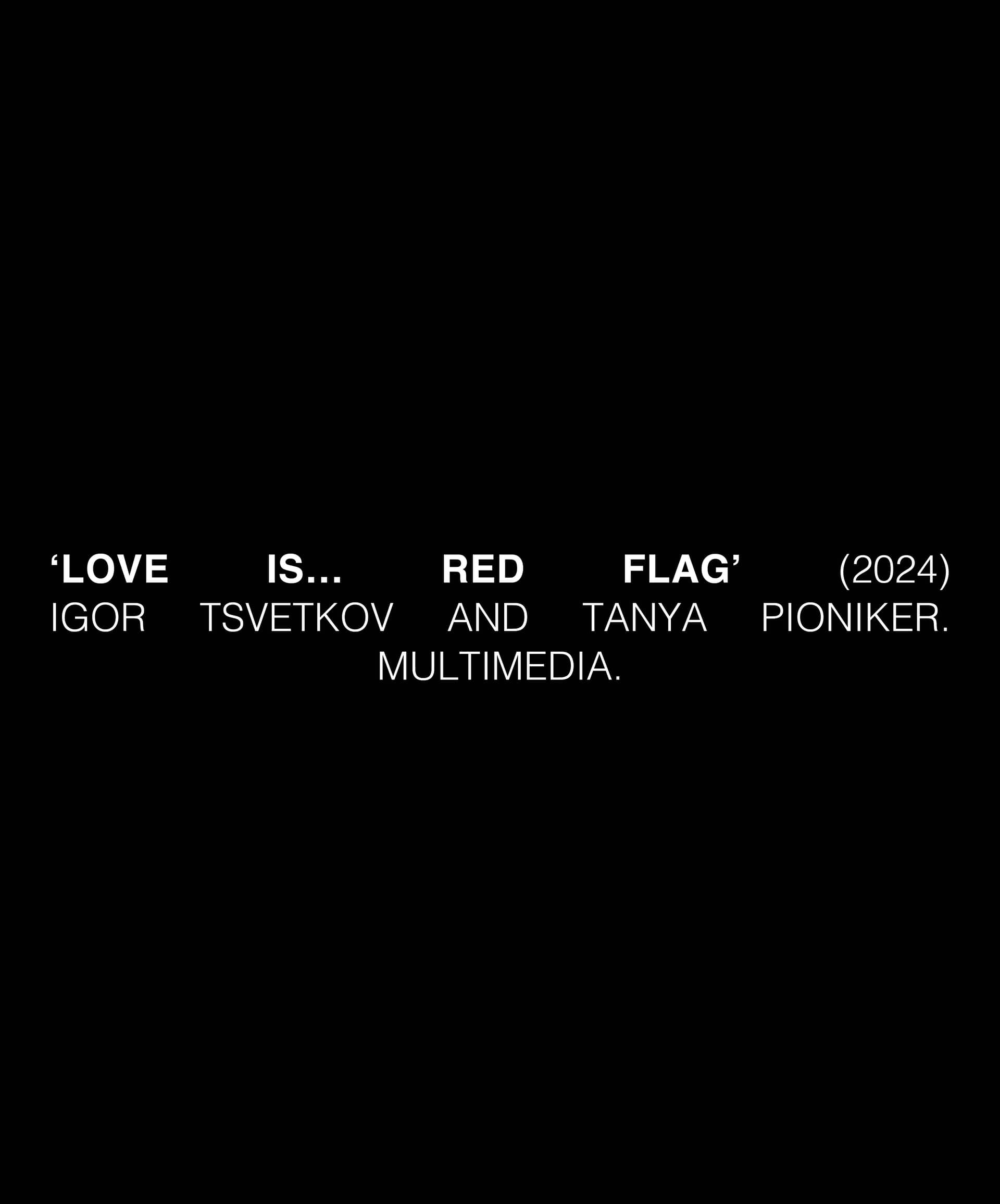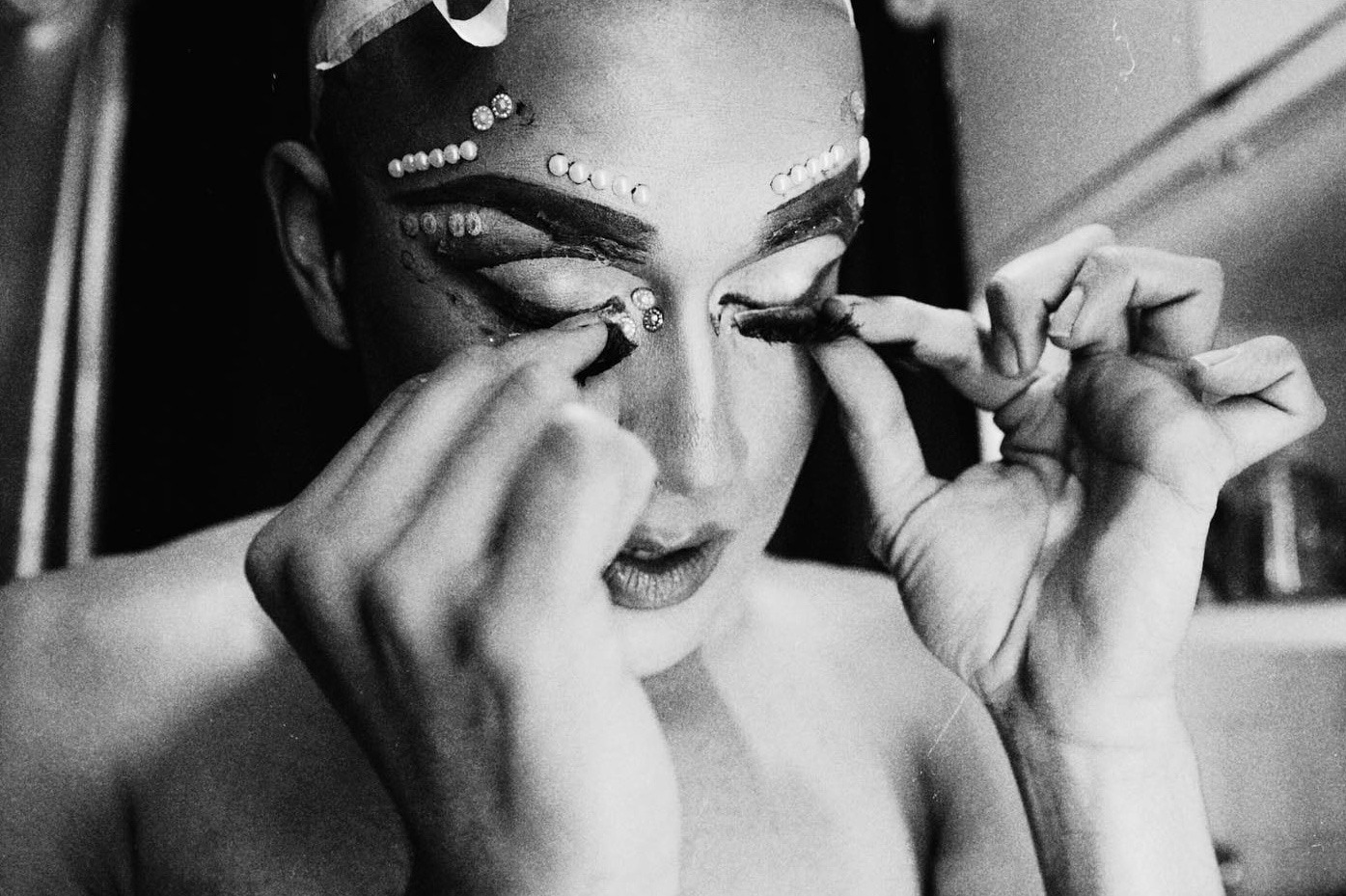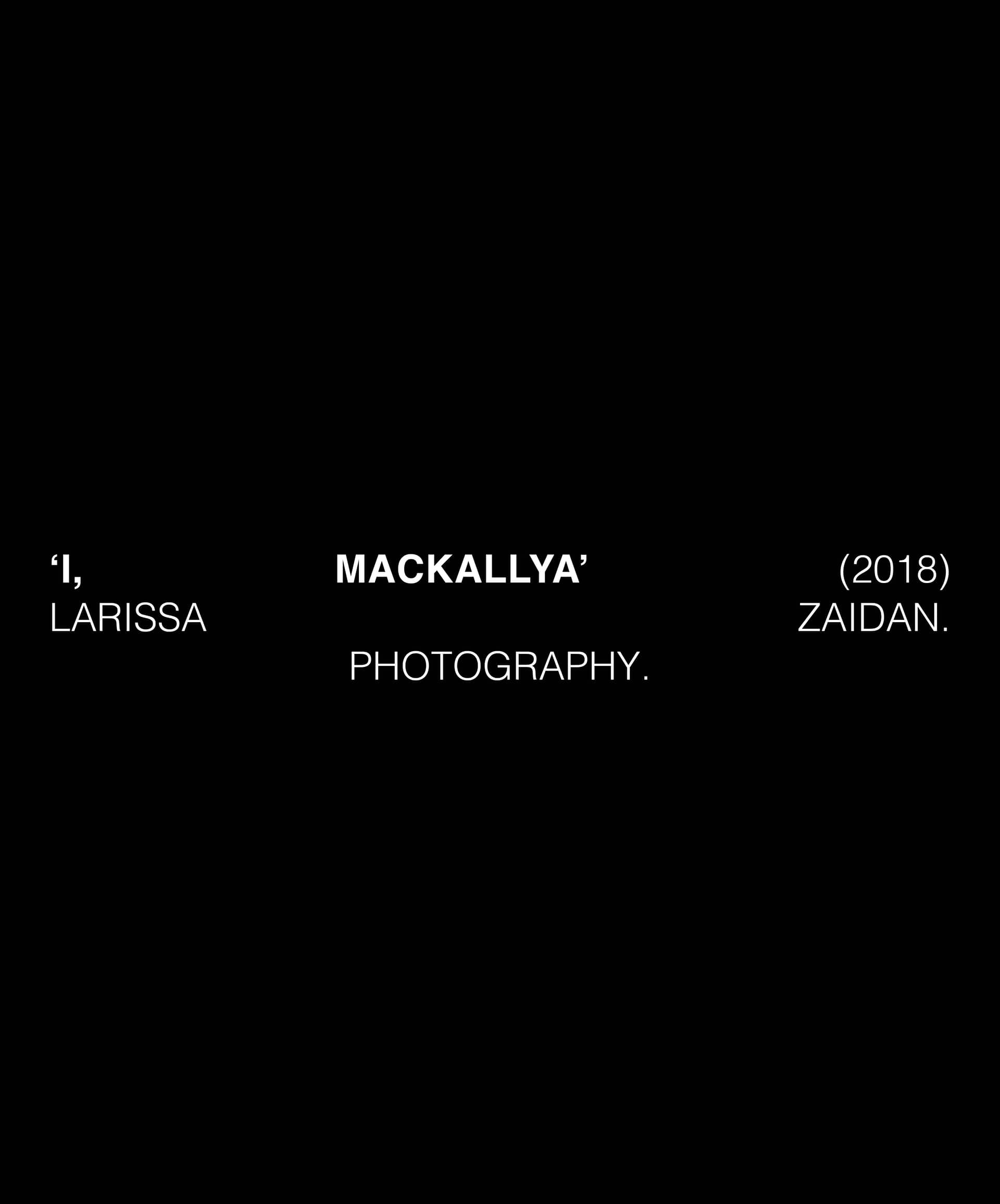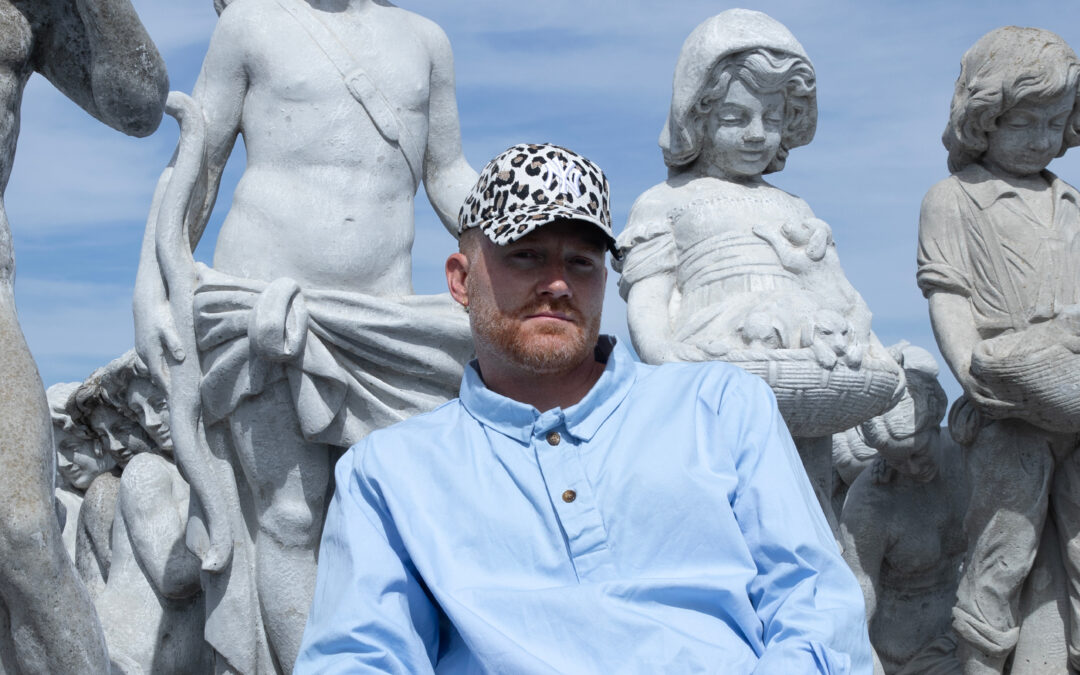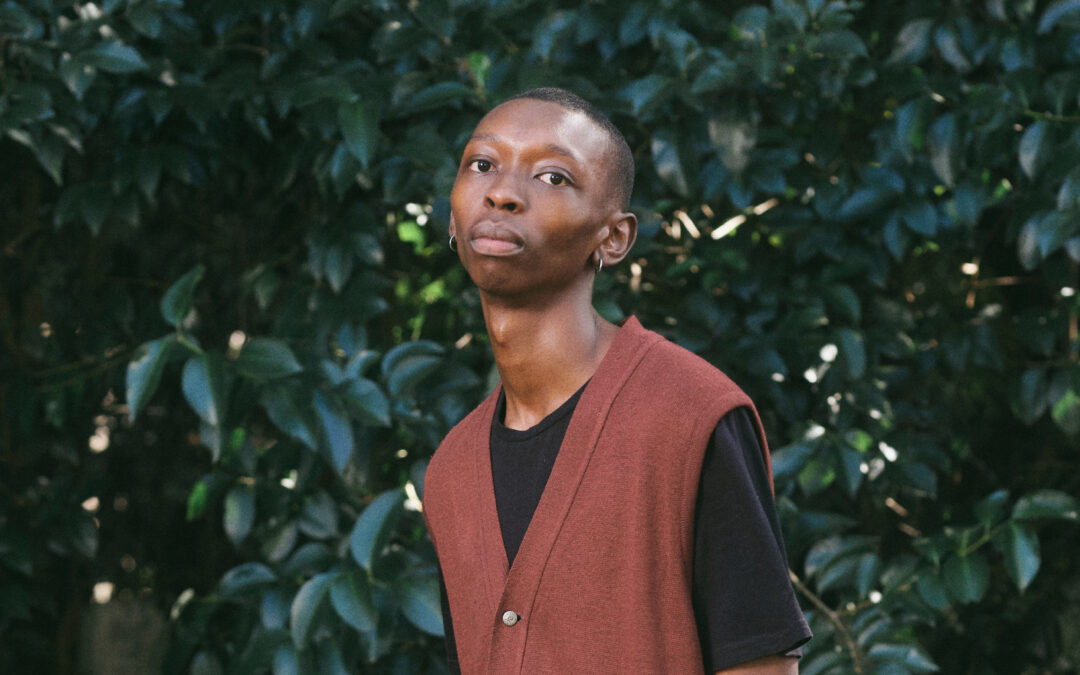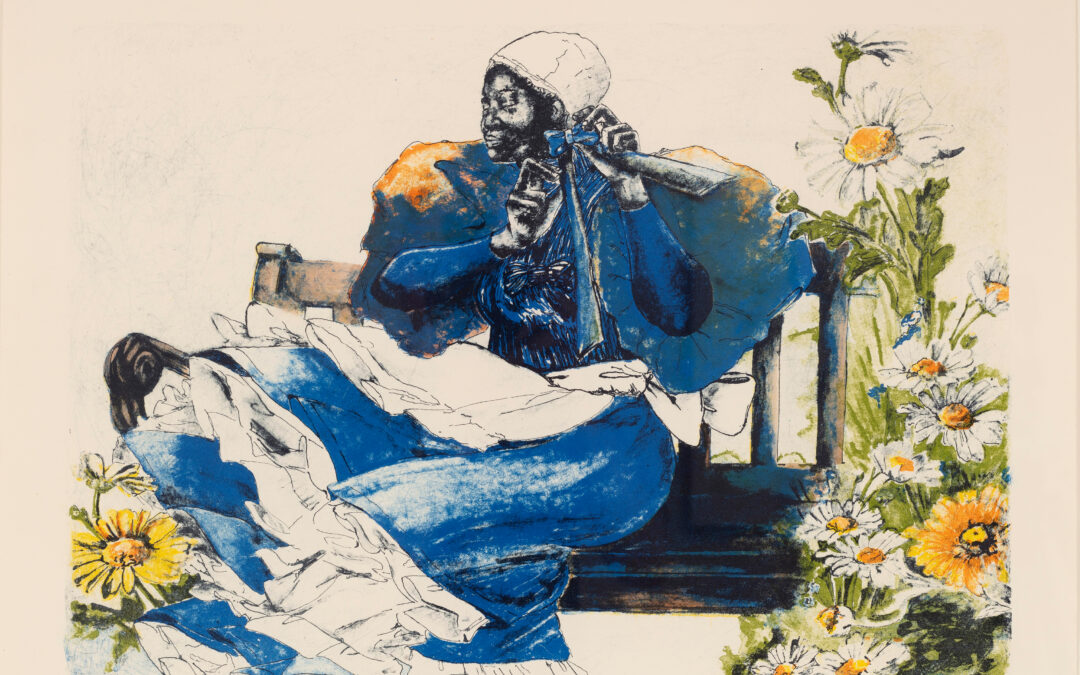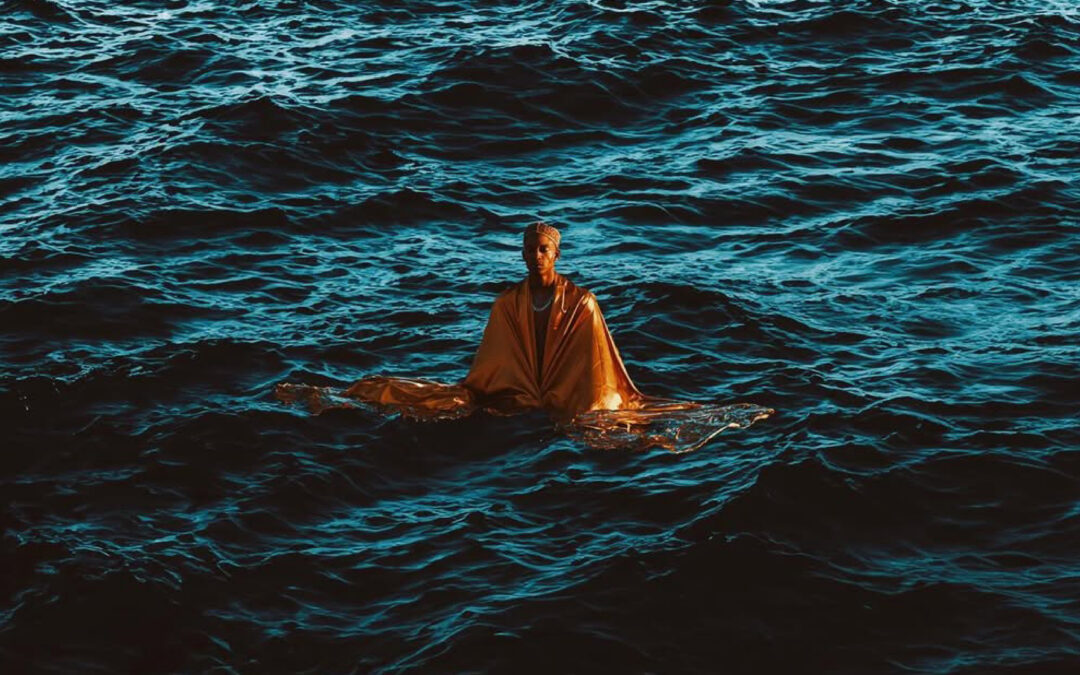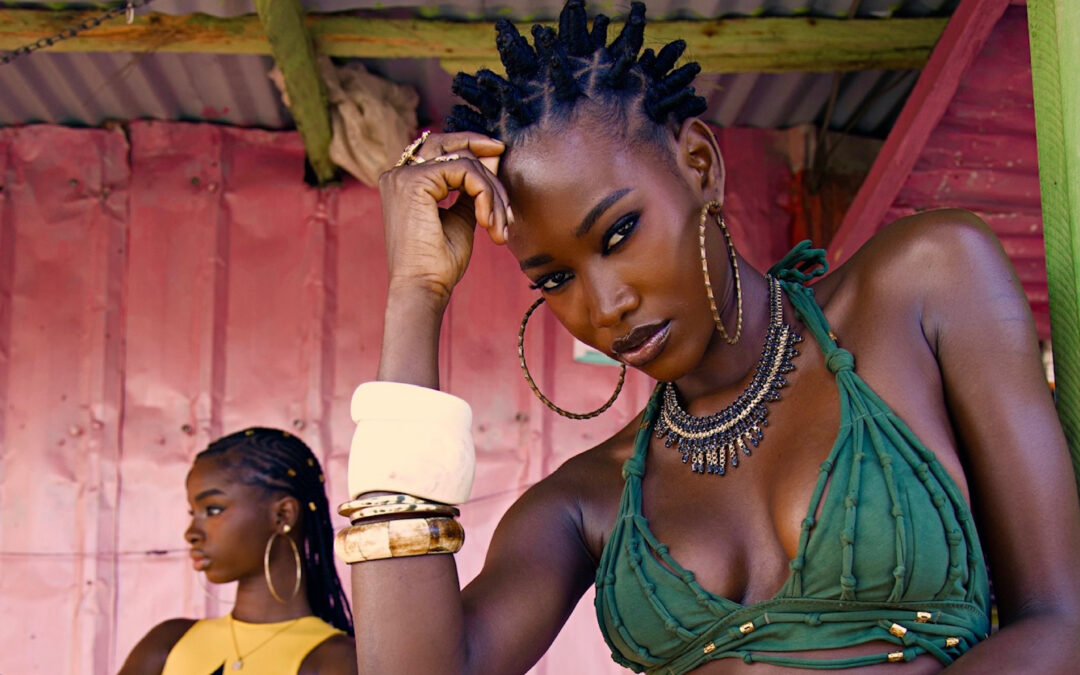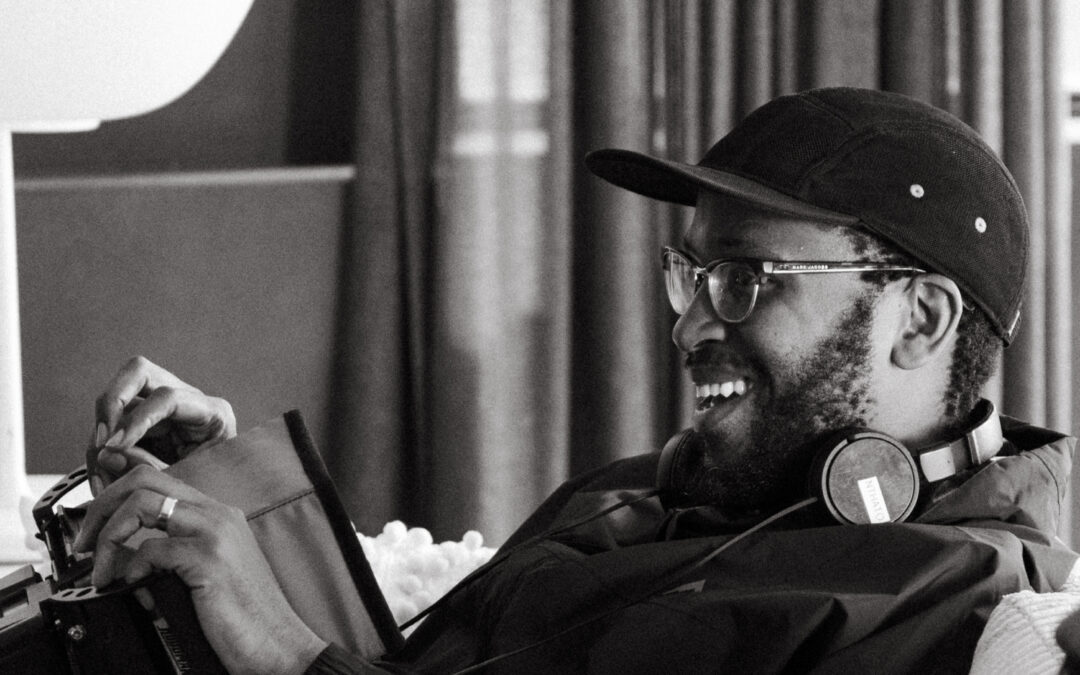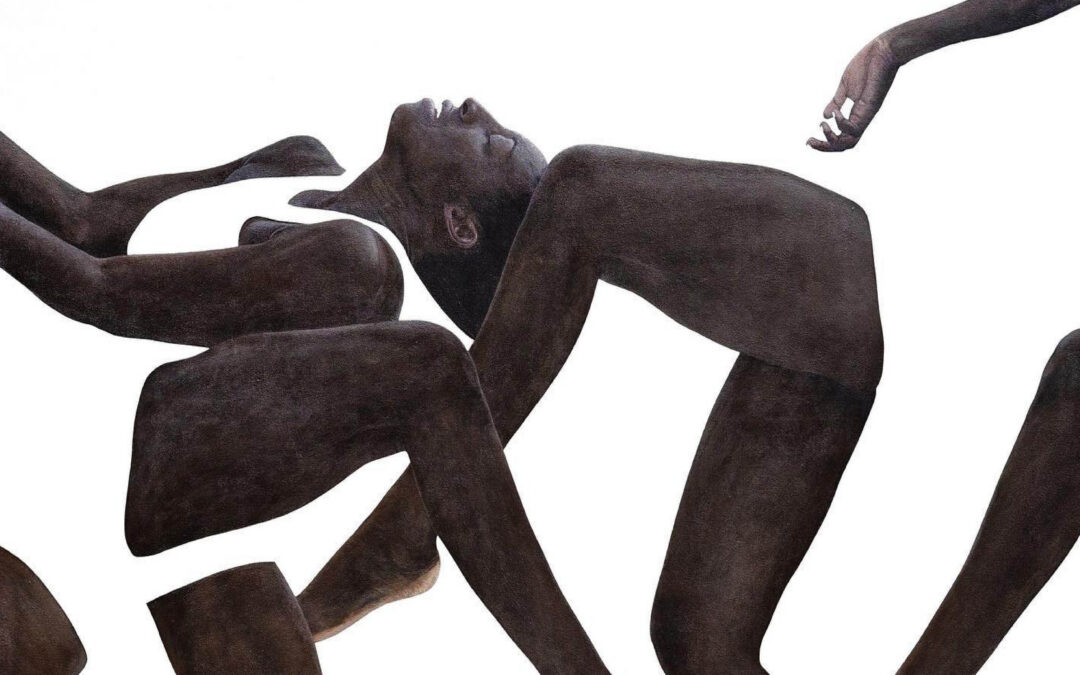The word ‘pareidolia’ is used for finding familiar forms that appear to us in places where meaning does not necessarily exist. Some of my personal favourites examples of this include: the profile of Mahatma Gandhi that was spotted on the surface of Mars (here) or the Mother Theresa cinnamon bun (here). Whether attributed to human hoax, natural accident, or some divine or paranormal force, all of these allegedly unauthored images can complicate distinctions between design and chance; real and imagined; made and found—reminding us that meaning isn’t something fixed inside an object, but something that emerges from an attentive interaction with it.
Without going too deeply into seeing things as they aren’t, or employing Rorschach’s inkblot test in order to understand what conclusions can be drawn for the human psyche– for the purposes of this piece, we’re looking towards what we see, what we understand to see and the intended message behind. In all of these cases, there is certainly an author behind these artworks, but there is also more depth to each story than something solidly fixed upon first glance. This iteration of Art Themes explores the balance between the physical and the symbolic. On the material realm: glitter, a shimmering, sparkling plastic material while glamorous, celebratory and distracting can also explore the metaphorical notion that ‘All that glitters is not gold’. This suggests the deeper meaning that external appearance isn’t always reliable, or simply isn’t always what is intended.
I’m always interested in deliberately unusual modes of observing, where we nurture our capacity to see beyond what it is that we think we see and even beyond what we are supposed to see. With that, let’s chassé over to these five artists who may work with a glittery subject matter, but upon inspection reveal so much more.
Andy James ‘Candy Flip’, photography courtesy of the artist
Andy James (Marrakech)
‘Candy Flip’, 2024, Tinsel.
Andy James is a UK born, Morocco-based multidisciplinary artist investigating the tension between autonomy and community. He seeks esoteric symbols in familiar aesthetics, ritualism in habitual behaviour and overlooked binary social structures. Their practice is reliant on perspectives of being an insider, an outsider and an other, all at once.
One of his performative works ‘Candy Flip’ explores the furry underbelly of the binary structures forming society. Here, the artist explores the notion of visibility through a djellaba – a traditional Moroccan garment with long sleeves and a hood symbolising respectability through modesty. The djellabas cultural popularity might render the wearers homogenous, yet subtle manipulation of the garment across the country suggests an Avril Lavigne-esque approach to subverting the regimentation of school uniforms.
Embracing this nostalgia, Andy James presents a djellaba embroidered entirely with imported pink tinsel and emblazoned with a shocking red acid smiley. Visibility and modesty interchange as a new form emerges from a fully covered body. Andy James shares, “Flicks of laser bright colour whip the smell of industrial plastic up the viewers nose evoking memories of childhood toys and seasonal festivities.” The binary themes at play amplify one another, hence the name ‘Candy Flip’, a reference to mixing MDMA with ecstasy.
Andy James’s work on a visual level alone is captivating, especially considering it was documented on top of Pico Volcano, the highest point in Portugal – an unusual marriage of material, subversion, nostalgia and night life.
Wallen Mapondera, ‘Hurongwa (Plan)’, Photography courtesy of Smac
Wallen Mapondera (Zimbabwe)
‘Hurongwa (Plan)’, 2024, Waxed Thread, Metal Rod and Cardboard
For Wallen Mapondera’s solo exhibition, ‘Kura Uone’, presented by SMAC Gallery in Cape Town in February 2025, the artist unveils a most introspective body of work touching on various themes that have shaped his studio practice to date. ‘Kura Uone’, a common Shona phrase meaning ‘mature and then see’, serves as a poignant reminder of the trials that accompany the transition into adulthood. It is a foreboding of the material tests, obligations that await as we take on responsibilities as adults.
Materiality plays a crucial role in Mapondera’s body of work. His use of found materials, particularly cardboard and textiles, is a response to Zimbabwe’s economic realities. The hyperinflation of the early 2000s made purchasing traditional art materials prohibitively expensive, forcing artists like Mapondera to innovate with readily available materials. This constraint became a catalyst for his practice leading to his signature style of transforming ordinary objects into complex, textured artworks.
In his work ‘Hurongwa (Plan)’, his relationship with his mother is at the heart of the piece. What appears to be the shape of a large glistening knitting needle represents the core of his work. About the exhibition as a whole, Mapondera said, “[My mother’s] role as a cross-border trader, crafting doilies and other objects to sell in South Africa, forms the cornerstone of this series. Through her journey of creation and ritualistic practices, she imparted a rich legacy of resilience and artistry. The act of crafting, packing, and traversing borders was imbued with a performativity, laden with hopes, prayers, and cultural significance that resonates in [my] work.”
Igor Tsvetkov and Tanya Pioniker, ‘Love is… Red Flag’, Imagery courtesy of the artists
Igor Tsvetkov and Tanya Pioniker (Both based in Berlin)
‘Love is… Red Flag’, 2024, multimedia
Igor is an animator and filmmaker, specialising in stop-frame hand-drawn animated visuals. This process is extremely time-consuming and the results strike a balance of organic and futuristic.
“For my works I draw images from the hidden corners of the human soul – from what is commonly called transcendent. That is why my works focus on passions and inner demons. I often explore themes of dreams, death, love, sexuality, violence. However, as a ‘combat unit’ I am primarily focused on fighting social constructs – those imposed norms that strip the individual of access to genuine happiness. Therefore, my works become a surreal fusion in which apparently radical themes take on new meaning. Through these images, I aim to guide the viewer in the search for truth and the pursuit of inner freedom.” – Igor Tsvetkov
The collaborative project with Tanya Pioniker — ‘Love is… Red Flag’ — is dedicated to exploring how the magical and rational concepts of love intertwine in modern reality. One of the key features of the project is its conceptual nature. At its core lies a unique logical narrative constructed as a series of 10 interconnected works that tell the story of the development of romantic relationships between people.
Within the series, they also incorporated elements of alchemical and other mystical systems, as well as botanical and religious imagery that precisely correspond to the various stages of relationship development. This is why all ten works resemble a timeline of ancient mystical initiation.
For Tanya Pioniker, the project merges their artistic practices: graphic works on paper and traditional hand-drawn animation. By merging their methods, the resulting project exists — like contemporary people themselves — simultaneously in two dimensions: the physical and the digital. It’s a quite unusual format, not fitting into the conventional “white cube” gallery space, which is why they are looking for a suitable venue for the public presentation of their project once it is fully completed.
“What I love most about this project is that it not only engages with current issues, but is also deeply intimate — since we are not only co-authors, but also partners in love. I believe this beautifully reflects the core idea of the project: that in order to create something together, we must truly listen, collaborate, and find shared ground.” – Tanya Poiniker
Hylton Nel, Glazed Ceramic Stoneware. Imagery courtesy of the artist.
Larissa Zaidan (Brazil)
‘I, Mackallya’, 2018, Photography
In Larissa Zaidan’s photographic series ‘I, Mackaylla’, this Brazilian photographer captures the glamour and the isolation of the drag queen world in São Paulo, Brazil. Larissa Zaidan began her career in photojournalism at VICE Brazil in 2016. At VICE, she mainly documented youth culture and the LGBTQIA+ universe, photographing and directing documentaries such as the series on sex called “Transe”.
By day, Larissa would capture the colorful plasticity of Mackaylla’s transformation, and by night the glamour. The drag queen became Larissa’s muse, and after spending eight months together, Larissa moved beyond Mackaylla and got to know her creator, Vinicius Santana. This project helped to develop Larissa’s artistic style: photography through intimacy.
Their friendship was sealed with trust, intimacy, and tenderness. “It was more than simply photographing a drag queen, because I’m part of her life as much as she’s part of mine,” Larissa explains.
Mackaylla is a product of traditional Brazilian drag queen culture, dating back to the 1960s. She doesn’t try to be the perfect embodiment of femininity, nor emulate someone that we could be familiar with. Larissa tells Marie Declercq that she believes “it is essential to make my photos as accessible as I can for the people captured in them. My work is not made only for the outside gaze, but for every corner that the visual arts don’t reach. Brazilian youth have a unique charisma, the same charisma I found in Mackaylla.”
In each of the artworks discussed in this piece, a contradiction to ‘pareidolia’ becomes apparent: it is not that we have found the face of an icon where it shouldn’t be, but rather that meaning in objects can be found everywhere – especially in artworks with intersecting layers seeped with personal storytelling. A piece of found shiny litter, a makeup look put on only at night, an animation made by hand or an outfit made of tinsel – all these pieces are deeply rooted in meaning that goes beyond the visual, but represents more than what meets the eye, every time attention is given to it.
Written by: Grace Crooks
For more news, visit the Connect Everything Collective homepage www.ceconline.co.za

